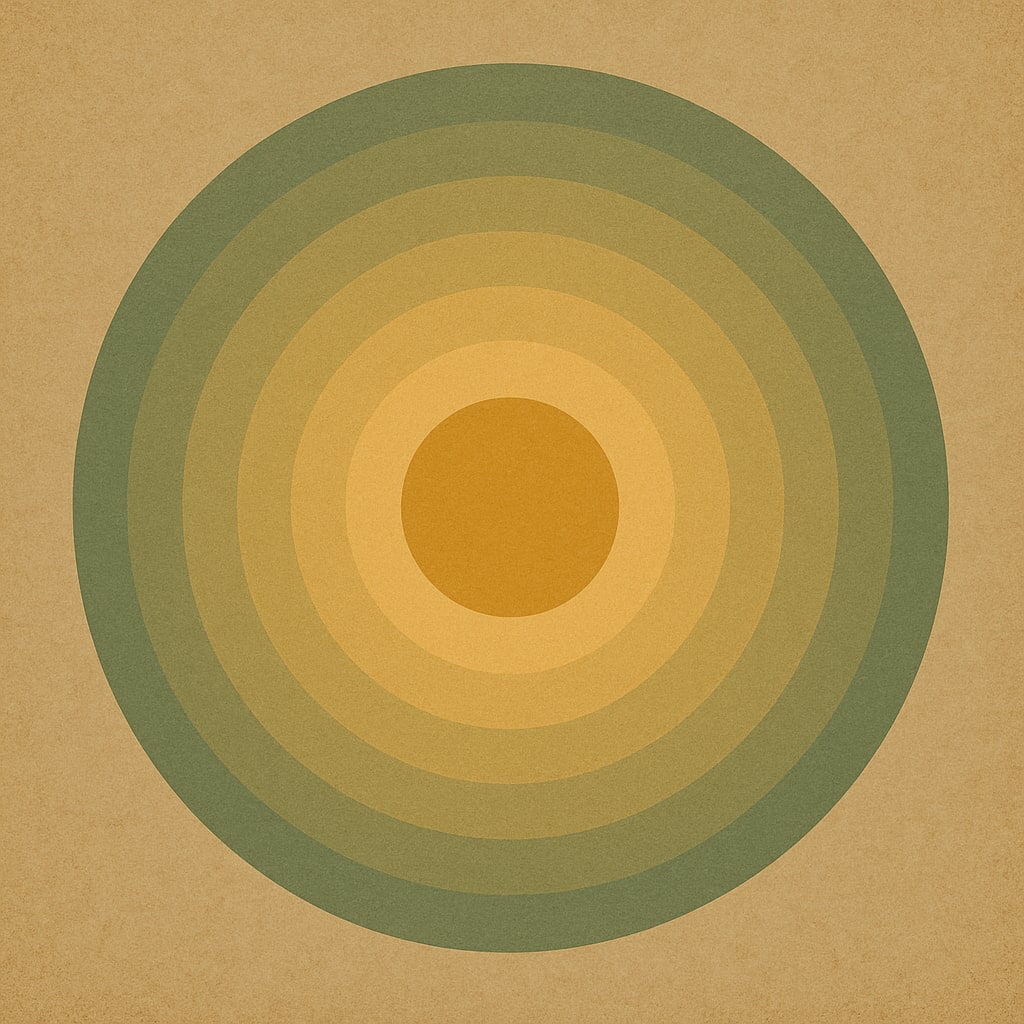your craft will free you from isolation
we are taking nearly unbounded technological leaps that create safer and more efficient jobs, but at the same time, we are losing the sense of purpose and fulfillment that invigorates human life.
Welcome to The Vitruvian Protocol. Built for those who seek clarity, agency, and inner alignment.
Below I explore what it looks like to take up a craft and the psychological opportunities that follow.
Today, we face a growing pandemic of social health crises rooted in the absence of real-world connections. The notion that more technology will enhance mental well-being feels tragically ironic.
Social media, once heralded as a tool to bring us closer, has instead driven us apart, fostering not dynamic sociality but antisocial behavior.
It has severed the physical ties that once grounded us to one another, complicating relationships as more of our lives unfold in the digital void.
Floating aimlessly ‘in the cloud’, we have lost touch with the tangible world that nurtures us. This detachment from our origins is leaving us confused and out of tune.
Steve Rose, PhD, expressed it like this, “Unfortunately, as social media use increases, we are becoming lonelier”. The technology meant to connect us has instead become a barrier to empathy and the ability to form meaningful real-world relationships.
But the answer is not in abandoning technology, and I resist the absolute submission to it. The answer will be found somewhere in the middle: in intertwining the physical and digital realms that favor long-term human relationships over short-term connections.
The influence of technology on the relationship between humans and work has evolved dramatically compared to earlier times when new tools were integrated slowly.
These tools made life less grueling and work more efficient, rendering them almost entirely beneficial. The innovations of antiquity that had a negative impact on society were few and far between.
Today technological progression is far more rapid, reshaping not just our work but the very core of human existence.
What was once gradual is now a dynamic force that continuously redefines how we live, what we interact with, and how we understand the world. Both the knowledge of the past and present can be accessed by the click of a finger and machines are beginning to build and design their succeeding parts.
Taking a Step Back
Despite the hardships of the first industrial revolution, the era provided a clear sense of value for the working man. By creating tangible goods, building infrastructure, and driving progress, the worker saw what he did and knew that it was good.
There is a pleasure derived from interacting with the physical world and transforming unproductive materials into useful, beneficial materials, products, and infrastructure for society.
The lag between work and tangible results was small which gave the worker a clear sense of purpose in what he was doing.
The Second Industrial Revolution, in the late 19th and early 20th centuries, introduced mass production powered by electricity, steel, and oil.
Technologies like the telegraph, railroads, and assembly lines transformed communication and transportation. Factories expanded, creating unprecedented economic growth but also social inequalities; workers became increasingly disconnected from the products of their labor, becoming just another cog in the machine, a number.
By the time we entered the Third Industrial Revolution, the nature of work had shifted drastically again. With the rise of computers and automation, we transitioned into an information economy.
Work became increasingly centered around data, analysis, and the abstract, problem-solving world of ‘knowledge work’. While this shift brought about safer working environments and eliminated much of the physical strain, it introduced a new kind of monotony.
Many workers today find themselves in roles that, while intellectually demanding, can feel distant from the tangible realities of human experience.
Though today’s workers might breathe cleaner air and endure less physical exhaustion, there is an undercurrent of something lost.
The work often feels more disconnected, routine, and alienating; removing us from the natural rhythms and creative impulses that once reverberated through human life.
In a world of rapid technological shifts, the task is not merely to adapt, but to reconnect with the deeper sense of purpose that work once provided.
Redefining Work & Purpose
We find purpose and meaning through our curiosity and losing ourselves in the beauty and chaos of the external world. The external world is real and can provide tangible feedback and reveal information about who we are as humans and individual souls.
It is by spending too much time in the landscape of intangible thoughts that we weaken our relationship with reality—suffering from the lack of connection that follows.
We are not hopeless in our pursuit of connection. We need to foster habits and social communities in our lives that promote deep connection to people and to the Earth.
I believe that by adopting a ritual, a craft, or getting involved in the community, life will overflow with meaning and purpose. The key is having pursuits that are deep, like the ocean—pursuing passions that will keep you interested and growing for a lifetime.
Rituals serve to provide someone with a commitment that they get to tend to daily.
Rituals serve as a mechanism to living an intentional life and keeping the mind steady. The ritual yields meaning as it becomes a constant in the ever-changing circumstances of one’s life. When the mind and body become fragmented, the daily ritual works to reunify.
When one has strayed from his path, the ritual serves as a compass to guide him back. It becomes an instrument to harmonize the body, mind, and soul into the eternal present.
The craftsman has a relationship with the material he works with. It is something he can understand, touch, feel, and smell. His focus and commitment to his craft nurture his individual growth and teach him about the world.
It becomes a microcosm that connects him to the macrocosm. It grounds him and gives him control over the outcome.
It becomes a part of him and so he feels an intrinsic connection.
It is not in his imagination but is real and gives his life meaning.
By involving oneself in a community one is able to build an identity and relationship with the people around him.
The world becomes a place of friendly faces instead of a world full of strangers. One learns to take on responsibility within the community and align his values with others.
Purpose is found in making the community stronger, healthier, and more vibrant. Everyone is working toward the same goal, and progress is found in the meaning derived when living for others.
Nations are not built for the sake of one individual but for the unification and progress of all individuals.
Any step you take towards fostering a craft or ritual in your life is a step toward a better future for yourself and your community.
A community packed with deep individuals is a community that will stand the test of time. The community that is filled with narcissism and individualism will surely devolve into disorder and chaos.
So when you take up a craft, or ritual or get involved in your community, you not only improve your own life but inevitably become a net positive and a blessing to others.
Also, consider reading my long-form essays under my publication:
Vitruvian Life is the embodiment of that structured mind.
All of the resources needed to achieve the Vitruvian Life are here.
You’ll learn actionable tips and strategies for structuring your creativity, growing your skills, and making the most of your limitless potential.





